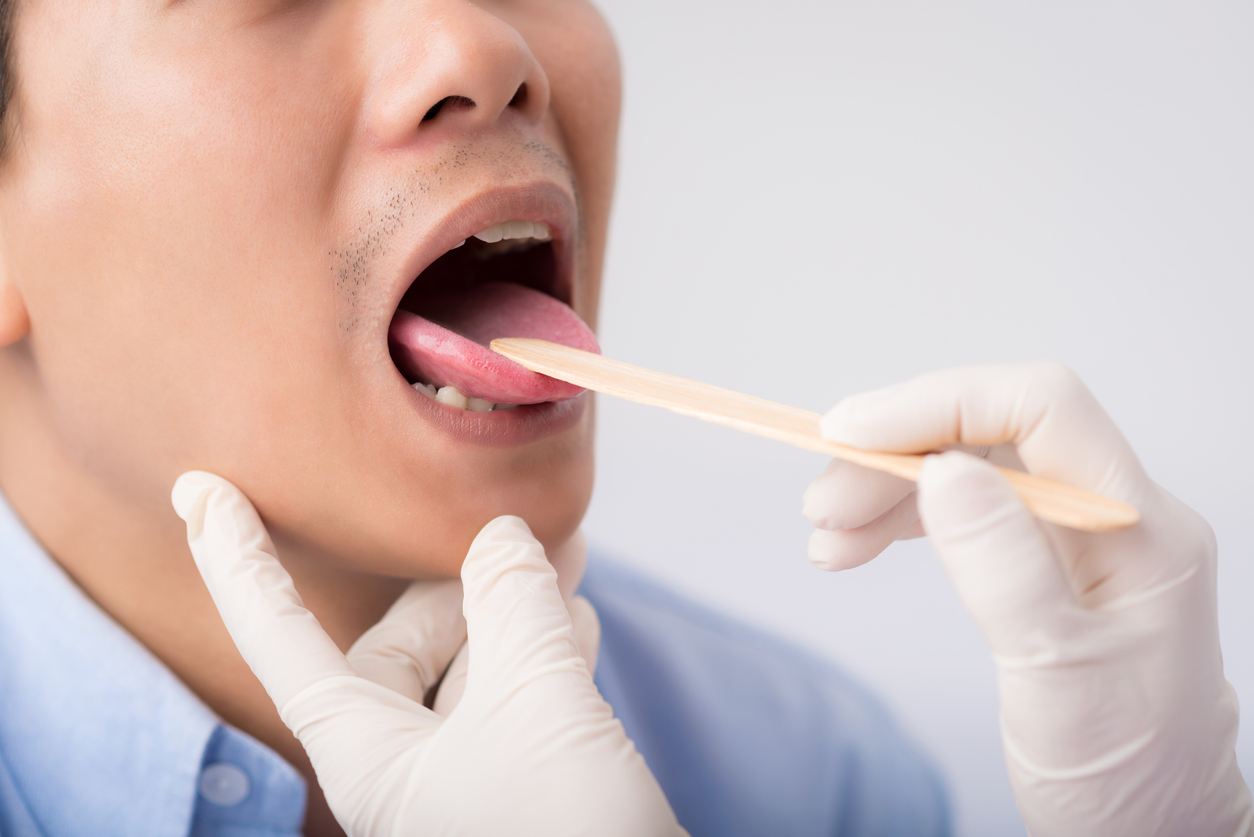April is Oral Cancer Awareness Month so we’re going to talk about what oral cancer is, its symptoms, and how it’s diagnosed and then treated. Oral cancer makes up about 3% of annual cancer cases in the U.S. most often diagnosed in people over the age of 40. It also affects more men than women.
Oral cancer is also referred to as mouth cancer and forms in the oral cavity meaning all the parts of your mouth (lips, tongue, gums, roof, or floor of the mouth). It can develop on your tongue, the tissue lining your mouth and gums, and the back of the throat.
So what causes oral cancers? Risk certainly increases with age but one of the most common causes is tobacco and alcohol use. Cigarette smoking or tobacco use of any kind increases your risk as well as heavy alcohol consumption. Human papillomavirus (specifically HPV 16 type) has also been linked to oral cancers. Additionally, intense sun exposure can lead to cancer of the lip.
There is a plethora of symptoms that come with oral cancer: sores or irritation lumps and patches in the oral cavity, a white or red patch in the mouth, sore throat, or the feeling of something stuck in the throat, difficulties with chewing, swallowing, or speaking as well as difficulty moving the jaw or tongue, swelling of the jaw, numbness in the oral cavity, and ear pain.
Oral cancers can progress quickly so early detection is vital. Many dentists can perform the examination during a regular check-up. If caught early, then oral cancers can be treated with surgery or radiation therapy. If caught later on, a doctor will come up with a treatment plan that may include a combination of treatments.
For other information and resources on oral cancers check out the National Institute of Dental and Craniofacial Research website or The Oral Cancer Foundation.
For more information on general health and health care please check out our blog.

